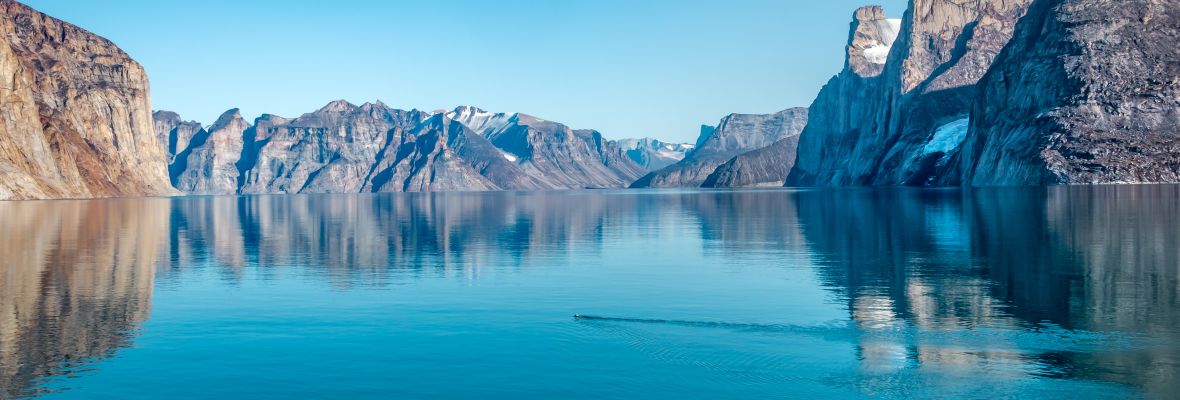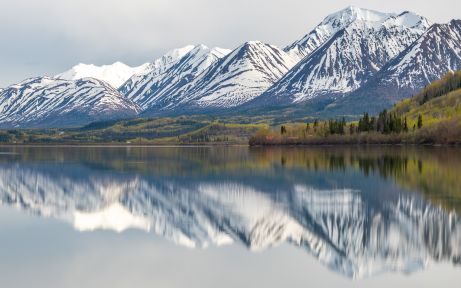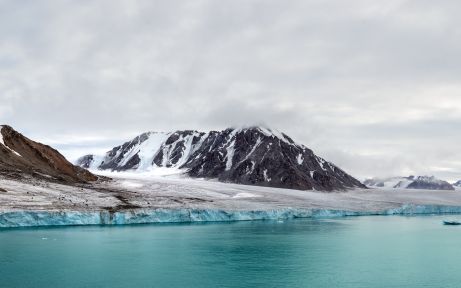Exciting changes are on the way!
As part of our merger with Polar Latitudes, we’re refreshing key elements of our website to reflect this new chapter. Discover more in our latest news update.
The second largest country in the world by land area, Canada consists of ten provinces and three territories which stretch from the Atlantic to the Pacific and northward into the Arctic Ocean.
Canada has been inhabited by Indigenous peoples for thousands of years. From the 16th century, British and French settlers arrived. Through the 1867 Confederation Act, Canada became a federation originally consisting of three provinces. Canada is officially a bilingual country with English and French both having official status. The majority of French speakers are located in Quebec although communities can be found in other provinces such as New Brunswick and Ontario. The newest Canadian territory is Nunavut, which separated from the Northwest Territories on April 1st 1999. It is also Canada's largest, northernmost and least populous territory.
Area of Canada
Population of Canada
Facts about Canada
- The federal capital of Canada, Ottawa, has a population of over 1 million and is the fourth largest city in Canada. The three largest cities are Toronto, Montreal and Vancouver. The smallest federal capital is Iqaluit, the capital of Nunavut; it is however Nunavut's largest and fastest-growing city.
- Did you know that Canada is a constitutional monarchy and is a member of the Commonwealth of Nations? The Head of State of Canada is His Majesty King Charles III, although the Crown exercises little influence in practice. Canada is a vibrant democracy, with a bicameral legislature based on the Westminster model, headed by the Prime Minister (currently Justin Trudeau).
- Canada has the world’s longest border, an 8,891km long frontier with the United States. Largely due to Canada's northern latitude and sometimes harsh climate, over 90% of the Canadian population lives within 150km of the US border.
- The official currency is the Canadian Dollar (CAD), which is printed in denominations of $5, $10, $20, $50 and $100. The one dollar coin features a loon, earning the nickname 'loonie'; the two dollar coin, which features a polar bear, is similarly nicknamed the 'toonie'.
- Arctic
- Canada





